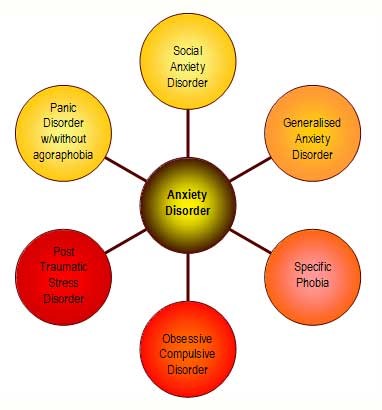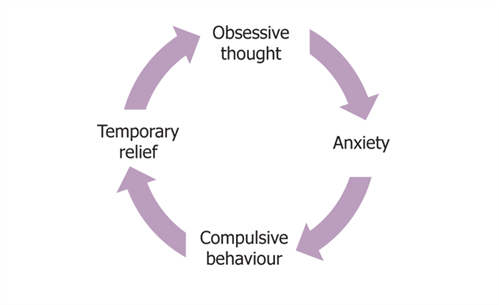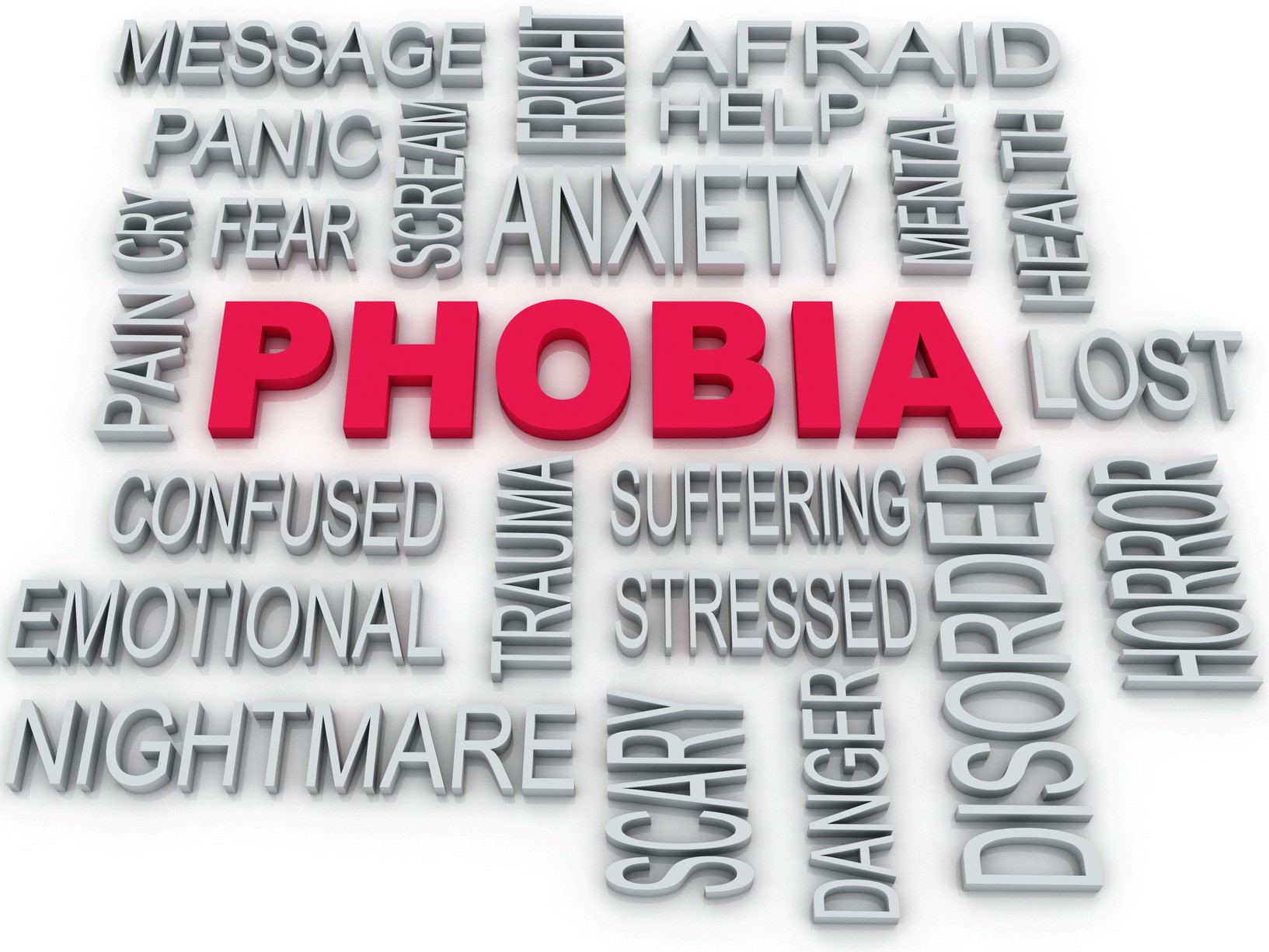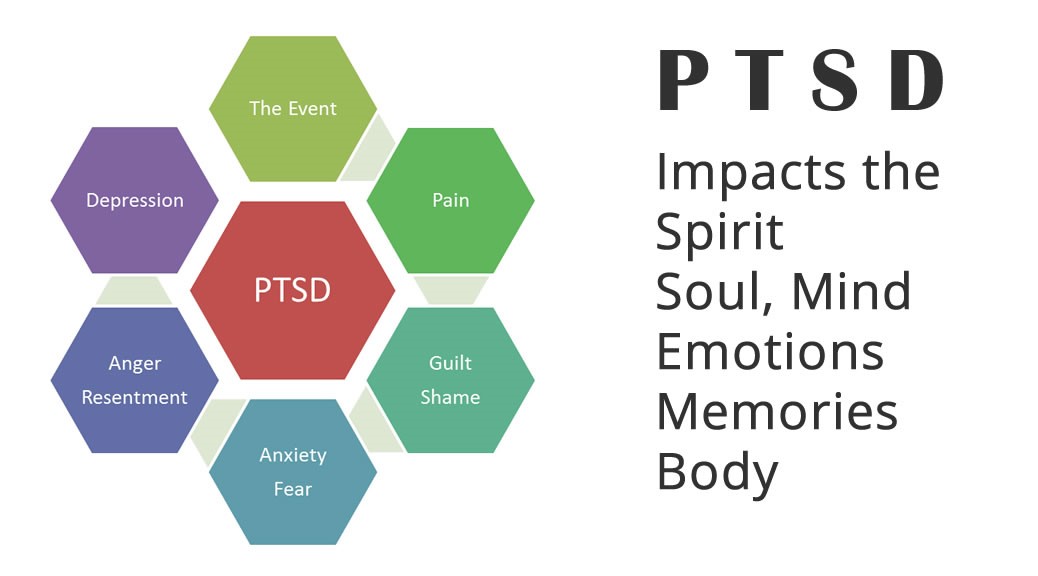Chapter 13: Psychiatric Disorders
In this Chapter
Anxiety Disorders
1Considered the most common mental illnesses, anxiety disorders affect an estimated 18 percent of the adult population in a given year, or 40 million Americans. Anxiety disorders include obsessive-compulsive disorder (OCD); panic disorder; phobias, such as acrophobia, or fear of heights and; agoraphobia, or fear of open spaces; social anxiety disorder; generalized a anxiety disorders; and post-traumatic stress disorder (PTSD). These disorders can be crippling, to the point of keeping people completely housebound. What’s more, anxiety disorders often occur with depression, and individuals doubly afflicted are at a high risk of suicide.

2Discussed below are a few of the more prevalent anxiety disorders. These summaries provide a snapshot of the nature of anxiety disorders, how they are studied,and the treatments that are currently being used.
OCD
3 People with OCD become trapped, often for many years, in repetitive thoughts and behaviors, which they recognize as groundless but cannot stop. Such behavior includes repeatedly washing hands or checking that doors are locked or stoves turned off. The illness is estimated to affect 2.2 million American adults annually. One-third of adults develop their symptoms as children.

4 Neuroscientists think that environmental factors and genetics probably play a role in the development of the disorder. Positron emission tomography (PET) scans reveal abnormalities in both cortical and deep areas of the brain, implicating central nervous system changes in individuals with OCD.
5 OCD is not limited to people either. Scientists have recently discovered that certain breeds of large dogs develop acral lick syndrome, severely sore paws from compulsive licking. These dogs respond to the serotonergic antidepressant clomipramine, which was the first effective treatment developed for people with OCD. This and other serotonergic antidepressants, as well as selective serotonin reuptake inhibitors (SSRIs) such as sertraline and paroxetine, are effective in treating OCD. A specialized type of behavioral intervention, called exposure and response prevention, also is effective in many patients.
6Panic Disorder and Phobias With a lifetime prevalence rate of 4.7 percent in the United States, panic disorder usually starts unexpectedly. Patients experience an overwhelming sense of impending doom, accompanied by sweating, weakness, dizziness, and shortness of breath. With repeated attacks, patients may develop anxiety in anticipation of another attack. As a result, people may avoid public settings where attacks might occur. If these individuals are untreated, they may develop agoraphobia and become virtually housebound. Antidepressants, including SSRIs, are effective, as is cognitive behavioral therapy.

7Phobia is an intense, irrational fear of a particular object or situation. Individuals can develop phobias of almost anything, including dogs, dating, blood, snakes, spiders, or driving over bridges. Exposure to the feared object or situation can trigger an extreme fear reaction that may include a pounding heart, shortness of breath, and sweating. Cognitive behavioral therapy is an effective treatment. It is likely that panic disorders and phobias have similar neurochemical underpinnings that emerge as the result of a particular “stressor.”
Post-Traumatic Stress Disorder
8 Extreme stressors such as trauma in combat, being a victim of assault or sexual abuse, or experiencing or witnessing a crime can lead to a form of stress that can last a lifetime. In the United States, this condition, called post-traumatic stress disorder, or PTSD, has a lifetime prevalence rate of 6.8 percent (9.7 percent in women and 1.8 percent in men). It is characterized by intense fear, helplessness or horror, intrusive recollections of the traumatic event, avoidance and numbing, and hyperarousal. In addition, PTSD is associated with dysregulation of stress hormones, disordered sleep, and major depressive disorder. Military personnel are at elevated risk for exposure to trauma, so not surprisingly, they have higher prevalence rates compared to the general population.

9Scientists have studied PTSD in depth and have learned that the very high levels of norepinephrine released in the brain during stress remain at heightened levels. Medications that work well for patients with PTSD have emerged from basic research into norepinephrine’s actions in different brain regions. The alpha-1 blocker prazosin, a drug used to lower blood pressure for more than 20 years, is now used to treat nightmares experienced with PTSD. People treated with prazosin include those with a very long-standing illness, such as Holocaust survivors. Beta-blockers such as propranolol also are being tested in individuals exposed to trauma, but these agents must be administered shortly after the trauma, before PTSD has been established, which brings up complex ethical issues. PTSD also is treated with antidepressant and atypical antipsychotic medications and psychotherapies, such as cognitive behavioral therapy or eye movement desensitization and reprocessing therapy.
10The discovery of brain receptors for the benzodiazepine antianxiety drugs has sparked research to identify the brain’s own antianxiety chemical messengers. Benzodiazepines bind to GABA receptors and enhance responsiveness to endogenous GABA, the major inhibitory neurotransmitter in the brain. Indeed, recent studies have revealed alterations in certain GABA receptors in the central nervous system of patients with PTSD, effectively providing an additional neurochemical link between different anxiety disorders. This finding may lead to new ways to modulate anxiety disorders.